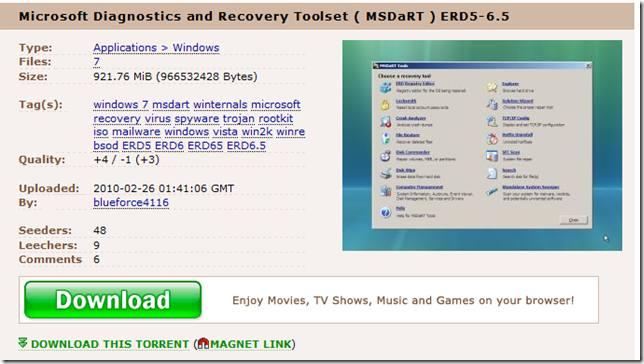

On the second page of the wizard, specify the project name and the path to the folder where the project-related files will be stored. If you clear the checkbox, IntelliJ IDEA creates an empty project. To have a sample application created in the project, select the Generate sample content checkbox and choose the relevant Stagehand template from the list below.

IntelliJ IDEA detects and displays the Dart version. In the right-hand pane, specify the path to the Dart SDK. In the New Project dialog, select Dart in the left-hand pane. Select File | New | Project from the main menu or click the New Project button on the Welcome screen. Create a Dart project from a Stagehand template Alternatively, create an empty IntelliJ IDEA project and configure Dart support in it as described in Starting with an existing Dart application below. If you have no application yet, you can generate an IntelliJ IDEA project with Dart-specific structure from a Stagehand template. Learn more about the Dart development tools from the Dart official website. It incorporates the Dart Virtual Machine, the Dart core Libraries, as well as all the command-line tools, including compilers ( dart2js and dartdevc), the dartfmt code formatter, and the pub tool. The Dart SDK contains all the tools for developing both command-line and web Dart applications.

#Windows 10 dart download install
Install and enable the Dart plugin on the Settings/Preferences | Plugins page, tab Marketplace, as described in Installing plugins from JetBrains repository. IntelliJ IDEA also integrates with the pub tool and the Dart Analysis Server. IntelliJ IDEA helps you providing code completion, error and syntax highlighting, code inspections and quick-fixes, search and navigation, refactoring, and much more. With IntelliJ IDEA, you can develop, run, and debug Dart web and command-line applications.


 0 kommentar(er)
0 kommentar(er)
